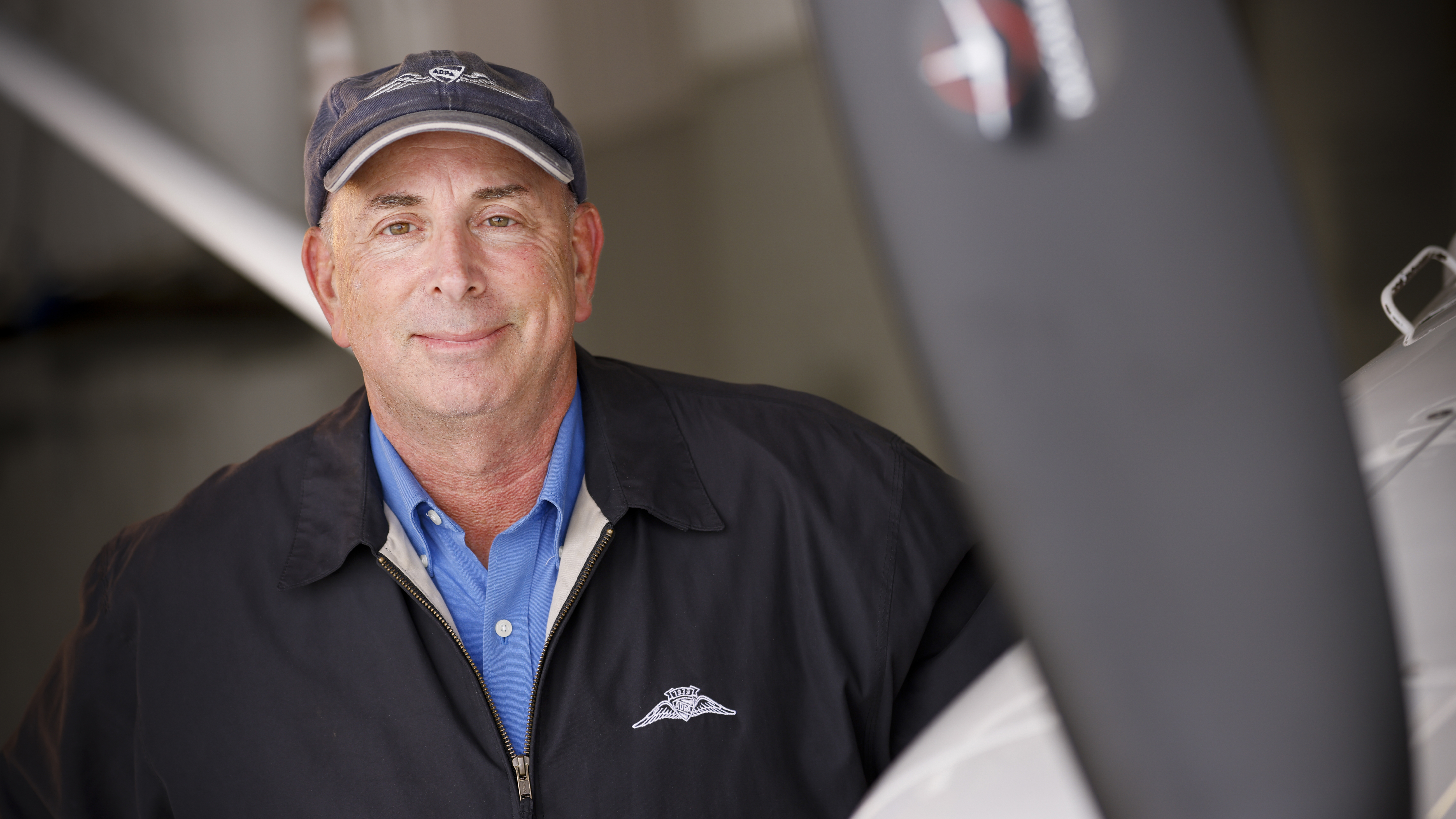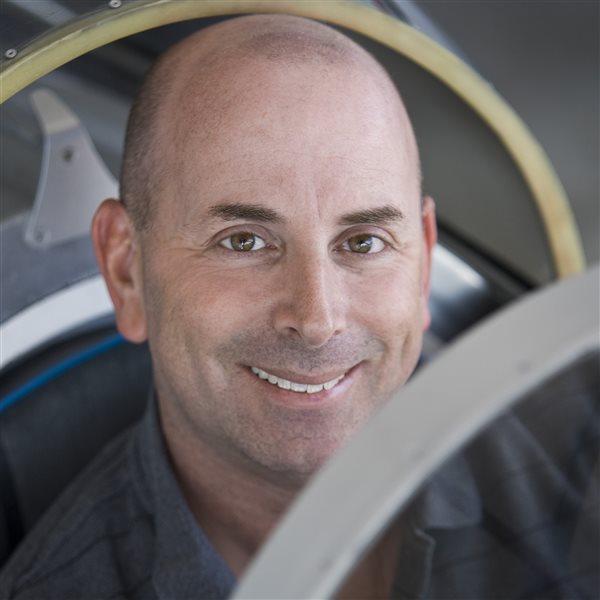The Mr. Spock Act
Pilots like to pretend we’re logical, fact-based people. Don’t be tricked by the facade.
As a group, we’re much closer to the emotional Capt. Kirk than the cool-headed Mr. Spock. Each of us comes with certain predispositions that reveal themselves in the ways we fly and the aspects of aviation that draw us in, and especially the things that repel us.

Personally, I’m happy flying aerobatics and maneuvering aggressively even though I know from painful experience how unforgiving those pursuits can be. I also like flying in the clouds and making instrument approaches to published minimums, and I’ll confess to having done some long-distance flights over water in single-engine airplanes.
Before you pigeonhole me as a wild risk taker, consider this: My risk tolerance falls to almost zero when my wife and/or kids, or other nonpilot passengers, get in an airplane with me. Then, I become the picture of caution. Flying with family in potential icing conditions, at night in single-engine airplanes, or over mountains in less-than-good weather is a nonstarter. I just won’t do it, even though, intellectually, I know the odds of an engine failure or other catastrophic mechanical issue in these situations is far less than smacking the ground during a solo acro flight. My illogic is in keeping with other pilots, however.
I recently flew with a highly experienced backcountry flier who abhors aerobatics (“Extremely nauseating, and not very interesting”). Yet he happily flies his single-engine airplane long distances over remote, mountainous terrain, in winter, where the odds of surviving a forced landing seem, to me at least, incredibly slim. Strangely, however, this supremely confident pilot’s sense of invincibility ends at the water’s edge. During a photo flight near the California coast, he refused to make the 26-mile jaunt to Catalina Island, even though the photography conditions there promised to be excellent.
“No way,” he said on our air-to-air radio frequency. “Going in the ocean takes you from the very top of the food chain to the very bottom. There are some big, hungry fish in that water, and I absolutely refuse to be their dinner.”
“I know it’s an infinitesimal chance,” he said. “But an infinitesimal chance is still a chance.”
A chief pilot at a large corporate flight department recently justified his company’s purchase of a twin-engine Beechcraft King Air over a single-engine Pilatus PC–12 in similarly fatalistic terms. Even though single-engine turboprops have an exemplary safety record, and the operating and maintenance costs of a multiengine airplane are higher, he and his company’s owners refused to consider buying any airplane with just one engine—even a highly reliable turbine engine.
“Our accountant made it very clear that the King Air costs more to fly and maintain—and no one in our group questions that,” he said. “The bottom line for us is that a King Air will still climb after an engine failure, and that’s something no single-engine turboprop can do.” Case closed.
My brother Harry is a partner in a Russian aerobatic airplane, a Yak 50, that has retractable landing gear. It looks cool and distinctive—but retractable gear adds weight, increases maintenance costs, raises insurance premiums, and, frankly, doesn’t increase performance all that much for an airplane designed to spend most of its life in the tight confines of a 1,000-meter aerobatic box. The rest of the competitive aerobatic world long ago went to fixed-gear airplanes. But Harry and his partners aren’t swayed.
“Yeah, I get all those arguments and they’re well taken,” he said. “But I just like the sound of the landing gear clicking into the uplocks. I like the way the airplane feels when it accelerates as the gear retracts. I even like moving the gear handle up and down after takeoff and before landing. It just feels right to me.”
Aviation culture has long followed the lead of laconic military test pilots who strive to gather as much hard data as they can, and they rely on it to make informed aeronautical decisions—nothing wrong with that. But let’s also be honest and recognize that our own predispositions play a far bigger role in how, what, and where we fly than we let on. And those considerations are just as real, and at least as important, as any amount of hard, analytical data.



